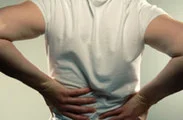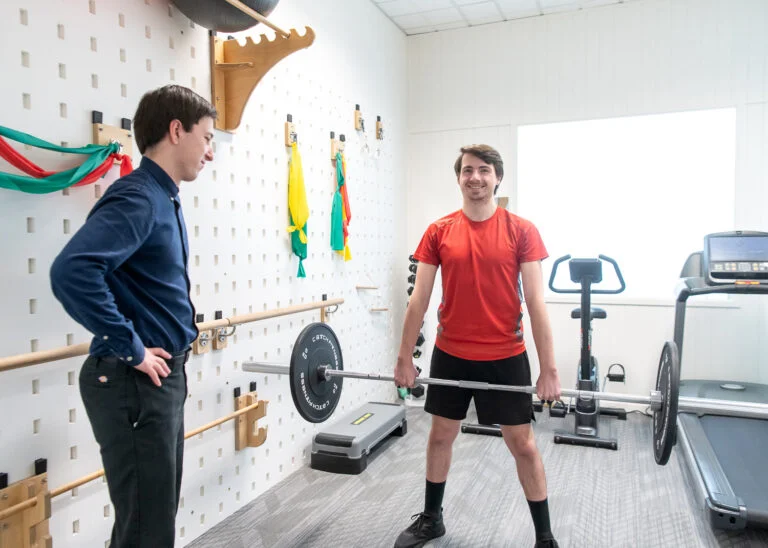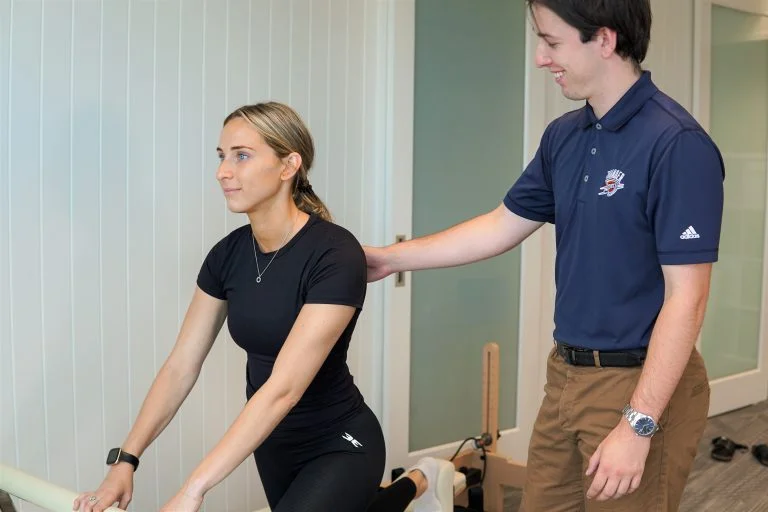 |
Physiotherapists evaluate patients suffering from back pain and design programs that will help relieve them of their suffering. In addition, we will also examine your standing, walking, sitting and lying posture to determine if any of these may be contributing to their pain. Poor posture can make muscles work harder, leading to fatigue and lower back pain. Poor ergonomics in the workplace and at home may also be a factor in causing back pain.
When dealing with your posture, we will advise exercise or treat withe manual therapy. This may sound like too much to bare when you are suffering from back pain, however tight back muscles or locked joints can be a key cause of back pain. Manual therapy, manipulation, exercise, especially gentle stretching, can produce flexibility and relieve tension that oftentimes leads to lower back pain. Your physiotherapist can teach you to perform simple stretching exercises which should become part of your daily routine.
Another exercise that helps to get rid of back pain is walking. This simple activity is useful in the beginning even if you can only tolerate five minutes of it. Wear good walking shoes and start slowly and gradually increase to 20-30 minutes a day. Some discomfort is to be expected in the beginning, but be careful to stop if it gets to be too much.
Abdominal exercises are essential to relieving lower back pain and keeping it away. The abs are part of the core muscles which support the lower back and help to keep it strong and flexible. Sagging abs cannot support the lower back and help to pull them out of alignment, leading to back pain. We can train you to do crunches safely and without causing you too much discomfort. These should also form part of your daily routine.













